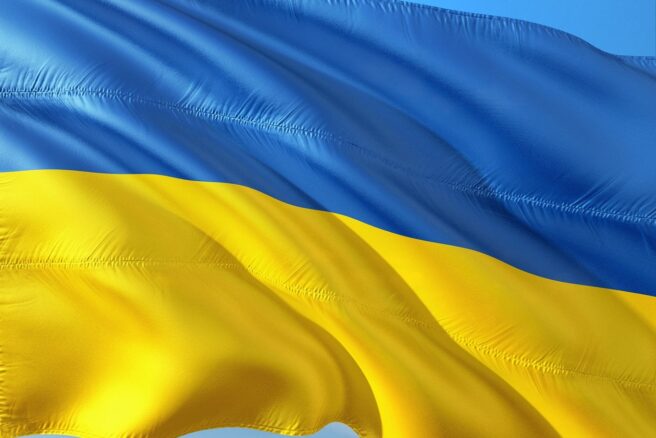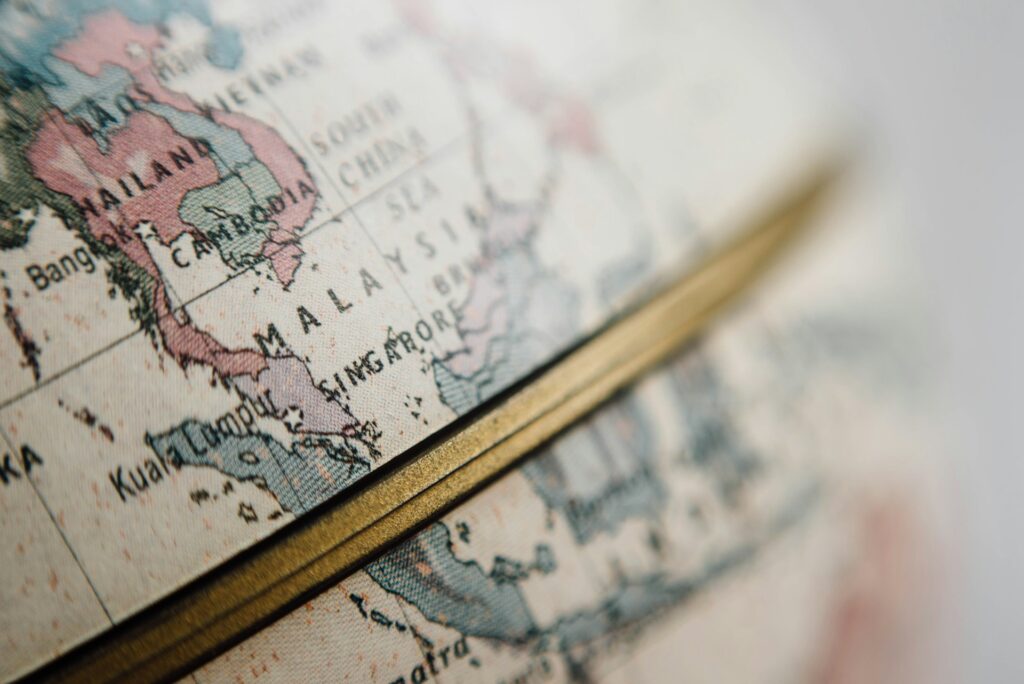That Russia’s goal in Ukraine has been to destabilize the precarious political situation since the ousting of President Viktor Yanukovych has been well demonstrated. From the annexation of Crimea to various levels of support for separatists in Donbass, the Russian Federation has shown it has a concrete interest in keeping Ukraine within its sphere of influence. However, despite fears of a Russian military intervention aimed at disrupting the presidential elections scheduled for May 25, Ukrainians should be more worried about their future government, writes Mark Teramae.
According to recent polls from Rating Sociological Group carried out from April 25-30, the leading candidates among voters who plan to participate in the May 25 elections are Petro Poroshenko (43.4%) and Yulia Tymoshenko (13.9%), both from the so-called pro-European opposition. Taking third place is actually the “hard to determine” category (12.0%) with fourth Sergei Tigipko (6.7%) the highest ranked of the pro-Russia candidates. Voter turnout is predicted to be 64% and almost a third of residents in the Donbass and southern regions do not plan to vote.
With the two leading candidates both representing pro-European sentiments, many in eastern and southern regions see no point in voting for politicians who don’t listen to their opinions. This has also been emphasized in certain circles as a basis for secession or federalization. More telling, however, is the fact that not one single pro-Russia politician has a mass base of support in eastern and southern regions, not even enough to get double digit poll rating and make it to the second round.
Additionally, Russia’s annexation of Crimea took away one of its strongest bastions of support inside Ukraine. Seeing as the majority of Ukrainians in the east and south do not wish to secede, this shows rather their loss of belief in the current Ukrainian political system and not a desire to join Russia.
This leaves the likely scenario of a second round of elections held in June between Poroshenko and Tymoshenko. Contrary to perceptions in the West these two candidates, as well as the current interim Kiev government, represent not a fresh start, but rather a recycled version of the government in power during the presidency of Viktor Yuschenko.
Poroshenko, who was Yuschenko’s largest backer, and Tymoshenko became bitter enemies while he was secretary of the National Security and Defense Council and she was Prime Minister. It was also during this time that Tymoshenko nearly formed a parliamentary coalition with the Party of Regions. From this perspective Poroshenko represents a return of the Orange order which was highly unpopular in eastern and southern regions, as well as in Russia.
Considering Tymoshenko’s proven ability to work with Russian President Vladimir Putin combined with her personal strength, charisma, and pragmatism, it is highly likely that she will play a significant role in the future of Ukraine. Indeed her very refusal to withdraw from the presidential elections is seemingly preventing Poroshenko from winning the first round outright.
This situation presents two possible outcomes: either Tymoshenko will look to the east and south (and Russia) for support in the second round as the unifier and savior of the country or else throw in the towel and try to keep her people in power until she can become prime minister.
In the first case, being a native Russian speaker from Dnepropetrovsk could appeal to some eastern and southern voters. Her rise to power in business and politics during pro-Russia regimes and her involvement in the gas industry provides links to the status-quo order that would appear favorable to Russia. She would also be acceptable to the West. As she was in prison until the very end, she could also distance herself from the chaos of Euromaidan despite the fact that members of her party are the current acting president and prime minister. Her rapid transformation to Ukrainian nationalist during the time of the Orange Revolution could be undone just as easily.
In the second case, the presidential elections will be a write off as real power could soon rest with the prime minster. While all the attention has been focused on Russia and the so called anti-terrorist operation in the Donetsk region, the Verkhovna Rada has just sent its plan for amending the constitution to the Venice Commission. According to Ukrainian journalist Vitaliy Sych, the plan contains amendments similar to those passed in 2006 which increase the powers of the prime minister at the expense of the president.
Additionally, Sych states that the document lists 2017 as the date for parliamentary elections, meaning the parliament elected in 2012 will get to serve its full mandate. With members of Tymoshenko’s Batkivschyna party currently holding important government posts and the party in the majority coalition in the Verkhovna Rada, Tymoshenko would already be in a position of power.
As the media continues to focus on the admittedly vivid imagery of the conflict, attention is deflected from the core issues. Elites on all sides have been able to stir up nationalist sentiments creating a situation of Maidan vs. Anti-Maidan, fascists vs. anti-fascists, western Ukraine vs. eastern Ukraine, the West vs. Russia, and Europe vs. Eurasia, meanwhile the same old politicians are using the same old tricks to divvy up the spoils. The depiction of Russia as the most serious threat has resulted in Ukrainians supporting yet another government with only its own interests at heart. This could result in the return of both Tymoshenko and a pro-Russia regime.
Moscow has no need or desire for a full-scale military conflict, a civil war on its borders, or the absorption of poor provincial regions all of which would strain its struggling economy even further. An outright annexation of eastern Ukraine would only move problems a few hundred kilometers further west while removing most of the remaining Russian support from the country. Much more useful is an independent, yet totally compliant, neighbor who remains a key component in Russia’s political and economic plans.
Article image: jorono / Pixabay




